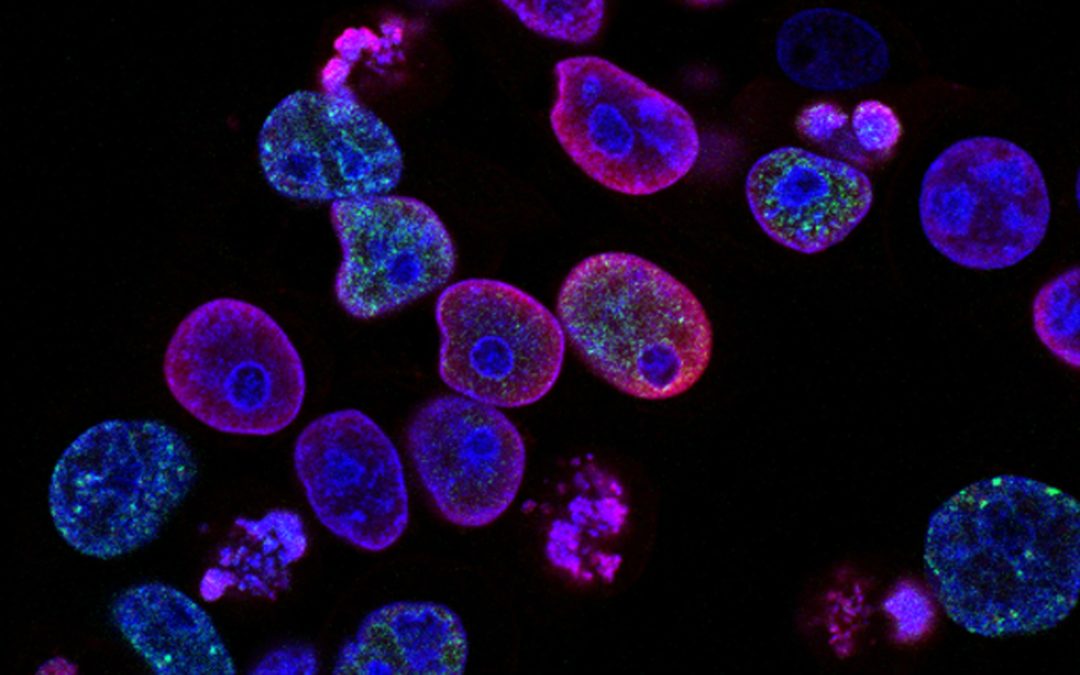Cells are the building blocks of all living things. Plants, peoples, and animals, when boiled down, are made up of a series of cells. When understanding any avenue of science, it’s essential to understand cells.
Cells have a variety of parts with different functions. Parts called organelles are correctly structured to perform specific jobs within the cell. In this article, we will mainly be focusing on some notable parts of the human cell.
Mitochondria
The mitochondria, perhaps the most well-known part of the cell, is a vital function. The Mitochondria is the powerhouse of the cell. The primary purpose of the organelles is to translate energy from food into a form the cell can use. The organelles have their own genetic material that is separate from the DNA itself. The Mitochondria can also copy itself.
Nucleus
The nucleus is the command center of the cell. All orders come from the core, and are sent to the rest of the cell. The center gives commands to grow, divide, mature, and die. The nucleus also handles and houses DNA, which is the hereditary material of the cell. The nucleus is protected by a membrane called the nuclear envelope.
Cytoplasm
Inside the cells, the cytoplasm is made up of cytosol, a jelly-like fluid that structures around the surrounding nucleus.
Ribosomes
Ribosomes are organelles that process cellular instructions to create protein. They float freely in the cytoplasm and can additionally be attached to the endoplasmic reticulum.
Endoplasmic Reticulum
The Endoplasmic Reticulum, otherwise known as the ER, helps process molecules that are created by the cells. The ER also transports specified molecules to their specific intended locations.
Golgi Apparatus
The Golgi’s primary purpose is to package molecules created by the endoplasmic reticulum that is intended to be transported out of the cell.
Cytoskeleton
The cytoskeleton is known as the roadmap of the cell. It is made up of an extended network of fibers that make up the cellular structural framework. The cytoskeleton helps determine cell shape and allows the cells to move.
Cells are a critical part of understanding how the world works. Understanding how a cell is made up, provides clarity on how the rest of life functions.
